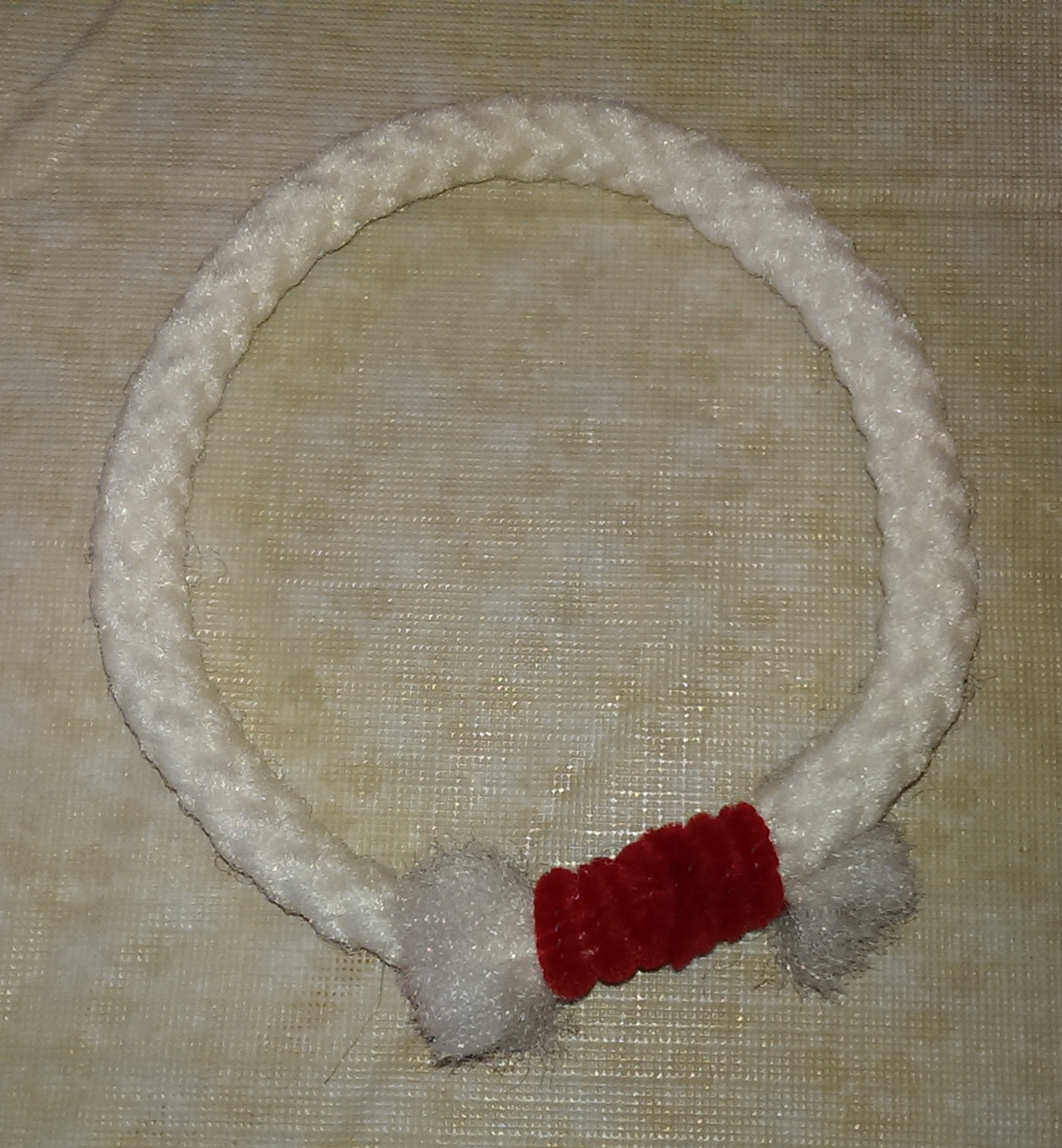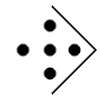This game was originally played at the Olympic Games in Ancient Greece over 2000 years ago (King 43). It probably began as a variation on discus throwing (Grunfeld 171). English colonists brought the game to the Americas. It was a popular game in the American colonies during the 18th century (King 43).
Quoits is basically a ring toss game. During the Colonial era, children would make rings for Quoits out of all sorts of things, including pieces of rope, willow branches, and leather strips. Wealthier colonists could buy specially-made iron rings to play the game, each weighing about three pounds. It wasn't long before farmers realized that iron horseshoes would also work for the game. By the beginning of the 19th century, more people in the United States were playing the game of Horseshoes instead of Quoits (King 42-43).
There are commercially-made sets for ring toss games or Horseshoes, but the rules given here have instructions for making a home-made set as well.
Quoits
The rules for this version of the game come from Colonial Days by David C. King, pp. 42-43. Quoits is an outdoor game best played in a place where you have a lot of room and ground soft enough to push a stake into. (There are also indoor variations of the game with commercially-made sets. Games of the World by Frederic V. Grunfeld has instructions for making a set, although it requires wood-working skills.)
Players: 2 individuals or 4 people on two teams
Object: To toss rings onto a stake that is stuck in the ground and be the first to earn 21 points.
Equipment: Rings or horseshoes for throwing (if you don't have any, see instructions for making rings below), a stake or stick
Note: King says that, if you don't have a set rings or horseshoes, you can make some rings using rope or clothesline. (About 75 inches should be enough. I think it's best if it has some thickness and stiffness. I used macrame rope.) You'll want a set of four. Cut the rope into 15-inch pieces, then make each piece into a circle and secure the ends with masking tape to make the rings (use a lot to make sure they won't come apart when you throw them). Use colored masking tape or markers to color the masking tape. (When I made mine, I secured the ends with colored pipe cleaner instead of masking tape. Either method works.) Two of the rings should be marked with black and two with red.

Set Up: To set up the game, push the stake or stick into the ground so that it will stand upright and not be knocked over when hit with one of the rings. (If the ground is hard, get it wet first to soften it. Let the water soak in a bit to soften the dirt below the surface. Kids, if you need to use a mallet to hammer the stake in further, get an adult to help you.) It helps to have the stake tilted slightly toward the place where the players will stand. Make a mark on the ground (or lay down a piece of the rope you used to make the rings) about 20 feet away from the stake so that players will know where to stand when they toss their rings. You can adjust the distance of the throwing spot if you need to make the game harder or easier. It should be challenging to get a ring around the stake, but not so hard that players get frustrated.
Playing: The game play is pretty straight-forward. The two players (or teams) get two rings each of matching colors. The colors on the rings show which team the rings belong to. They take turns throwing their rings at the stake, trying to get the rings to land on it. Although, the rings don't have to land perfectly in order to score points.
Scoring: There are different point values the players can earn, depending on where their rings land:
- "Ringer" -- when a ring lands perfectly on the stake, worth 2 points. (An exception is when both sides get a ringer on the same round (one landing on top of the other on the stake). In that case, neither side earns points for the ringer.)
- Having a ring land closer to the stake than an opponent's ring -- 1 point. (Rings that land leaning against the stake don't count for extra points.)
Winning: It will take multiple rounds for someone to win the game. The winner is the first person (or team) to earn 21 points total.

